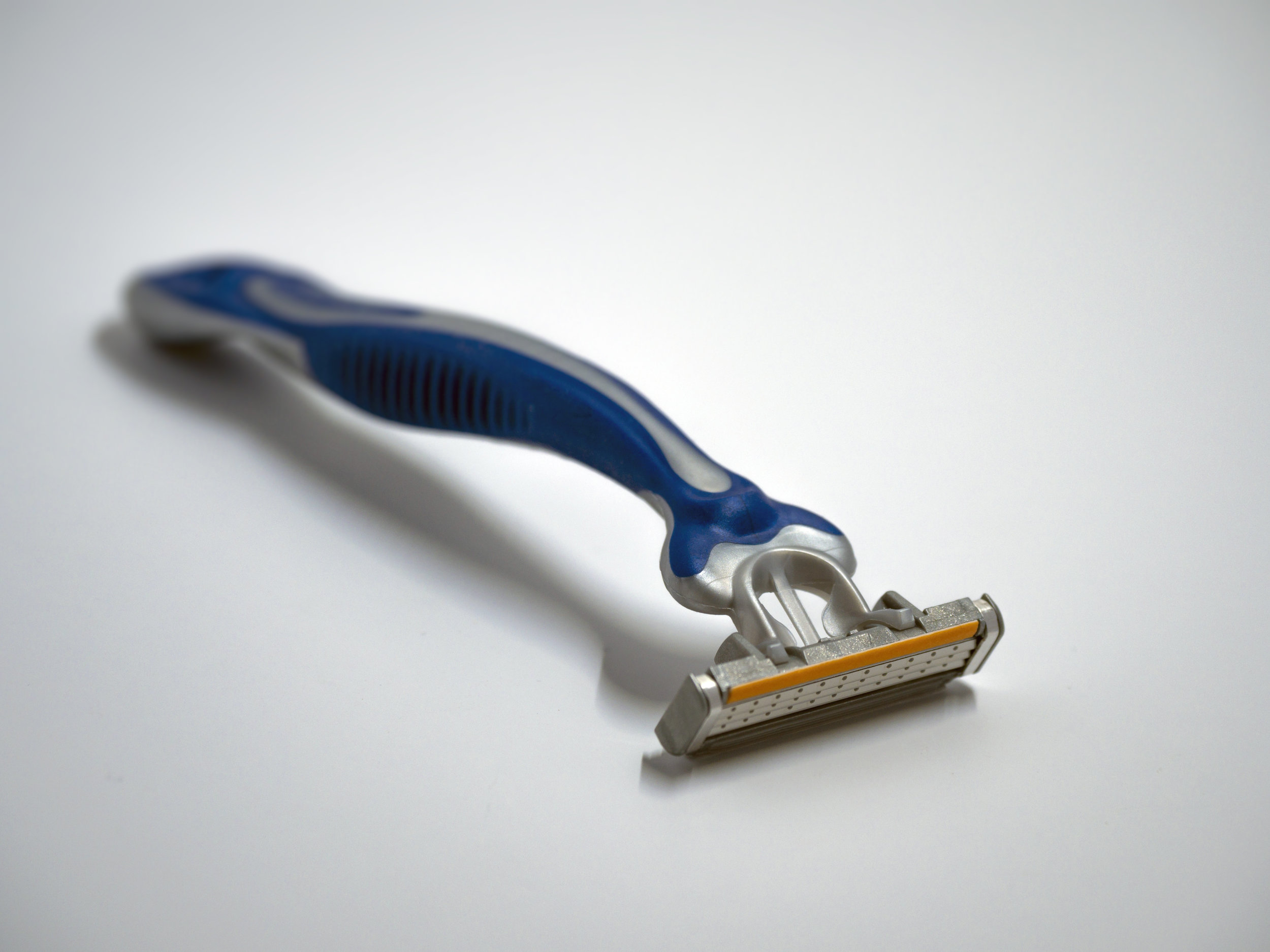
One Gillette For Life
I was born and raised in Pittsburgh and Dad was a steelworker. With 2 older brothers having already been through college, the money was tight for me to attend. While I got accepted at Carnegie Tech, now Carnegie Mellon, there was no way to make it through in 4 years financially. However, with Penn State being state supported, its per term tuition was a mere $150. Likewise, I received an U.S. Navy Midshipman scholarship given my SAT math scores. It also meant that I didn’t have to live at home if attending Carnegie, but could reside on/near campus in State College, Pa.
For the first term, I was indifferent to a major. However, in the second term I took a Metallurgy option and was lectured to by a most interesting professor that introduced the engineering challenges as well as the true magic of that discipline (e.g., martensiticstainless are magnetic, but not austenitic stainless – REALLY!). At that time one of my brothers was receiving a Doctorate in Metallurgy at a college in Cleveland and encouraged me to pursue the field. And, I understood that only aeronautical engineers were getting higher starting salaries upon graduation.
In the summer before my Senior year, I was a metallurgist doing testing of steel pipe. I was approached by the quite young Chief Metallurgist of the steel company who took me to lunch. His message was simple and clear: “The steel industry is dying. GET AN MBA.” And I did.
Now the point of this posting. In my Junior year a class dealt with oxidation (corrosion, e.g., rust) and reduction. Again, I had the same professor that had first ignited my interest in metallurgy. The junior class consisted only of 8 students. (only 250 metallurgy BS degrees were awarded that year across the U.S., thereby contributing to the high starting salary). The Professor posed a question in the final exam. Referring to barber shops where the shaving blade is being repeatedly swiped across a leather strap to sharpen it, he asked the question. “How can that swiping motion across the leather strap sharpen the steel blade? Clearly! The blade is harder than the leather. As in how a diamond cannot be scratched by a softer material (including steel), then how could a leather strap sharpen a steel blade? I have put out of mind if I answered the question properly. But the answer is that the ferrous-alloy oxide (corrosion) is softer than the blade as well as the strapping material that is being used. Instead of sharpening the blade, it is the oxide that is being sharpened, and then repeatedly over time as the oxide reforms and thickens.
Ok, so now consider the issue of reduction, the reverse of oxidation. Surely, there is some type of solution that can reduce that oxide as needed. WHICH MEANS, in my opinion, that given such a solution then Gillette would be out of business in selling replaceable blades. This thought goes across my mind every so often when martinis (gin only) are involved. But while I was excellent in math and physical sciences, I really hated chemistry – just too much memory of reactions that could not be explained in the physical world by my not being willing/able to remember endless number of valence bonding possibilities aligned with molecular orbital theory – REALLY?